Editor's note: Paul Leonard took over as head chef in August 2019.
Forest Side is a restaurant that opened in February 2016 inside a hotel of the same name, set in a gothic mansion dating back to 1853, on a hillside overlooking Grasmere in the Lake District. Its head chef is Kevin Tickle, who grew up locally and prior to moving here was sous chef and chief forager at l’Enclume, then head chef at Rogan and Co, working for nine years with Simon Rogan in all after initially training at Sharrow Bay. The hotel has 44 acres of grounds and there is a substantial garden tended by five gardeners that supplies the restaurant. The restaurant received a Michelin star in the 2017 guide, which it retained the following year.
In the evening there were two tasting menus at £80 and £105, while at lunch there was a three course option for £40. The restaurant has two adjoining lounges and a garden terrace for drinks. The dining room has a wooden floor and plain wood tables, tablecloths clearly being too old school. The tables were, however, well spaced, and the lighting was good. Menu descriptions were at time cryptic, with Cumbrian slang being employed in place of conventional English: “yowe” instead of “ewe”and “l’al”in place of “little”. I am hazy as to what this added other than confusing any pesky non-locals like myself. Food writer Alan Richman wrote in GQ that one of the signs that you are eating New Nordic cuisine is that the herbs used in your dish appear only in botany textbooks. Here you have to Google not just the herbs but the local slang.
The majority of the wines in the list are organic or biodynamic, whereby planting, pruning and harvesting follow a special calendar and practices (such as no chemicals or commercial yeasts) devised by an Austrian philosopher called Rudolph Steiner in the 1920s. So, if you prefer drinking wines where the vineyard manages its wine according to lunar cycles and where cow horns full of compost are buried in the soil (I couldn’t make this up) then you are well set here. While I am firmly at the cynical end of the spectrum when it comes to such things, it should be pointed out that some serious wineries are described as biodynamic, including Chapoutier, Bonny Doon and Zind Humbrecht; even Jacques Selosses champagne is classified as biodynamic. Anyway, coming back to this list, it started at £25 but was rather oddly structured. There was a clutch of wines around or below the £50 mark, another group just below £100, and then perilously little between that and oligarch territory, with a few seriously prestige wines at admittedly fair prices. It also seemed to me quite a short list (there appeared to be less than two dozen white wines, plus some champagnes, and 35 reds) for a restaurant at this fairly elevated price point. Sample references were Eradus Single Vineyard Pinot Gris 2015 at £29 for a bottle that you can find in the high street for £12, Populis White 2014 at £55 compared to its retail price of £22, and Domaine de Montcalmes Terrasses du Larzac 2014 at £70 for a wine that will set you back £26 in the high street. For those with the means there were the relative bargains of Mouton Rothschild 2011 at £400 actually below its retail price of £502, and Coche Dury Puligny Montrachet Les Enseigneres 2013 at £750 for a wine whose current market value is £616.
The meal began with some nibbles. Jerusalem artichoke crisps that appeared at the start of the evening were very delicate and nicely seasoned. A butternut squash cracker with damson jam and black pudding from Bury with old Winchester cheese custard worked very well. Sourdough crisp with slow cooked hen yolk, home cured ham, celery cress and summer truffle was also nice, with a distinct truffle aroma present, which is often lacking in summer truffles. Ewe mild curd with onion jam, beef steak mushrooms marinated in charcoal oil, sourdough brown butter crumb, shallot rings and fennel cress also had a pleasing combination of textures and flavours (solid 15/20 nibbles). I drew the line at the “critter fritter” featuring grey squirrel wrapped in confit breadcrumbs with Douglas fir mayonnaise. I have eaten some exotic things in my time, from scorpion to hartebeest in Kenya to cold squid intestines in Japan, but I have got through my life so far without eating rodents, and I don’t plan to start now. Some people reckon it tastes a bit like game meat, but those people are braver than me.
The meal continued with ewe curd with dehydrated tomatoes, tomato reduction dressing and crunchy grains including quinoa. The grains provided a nice texture contrasts, but the flavour of the tomatoes was nothing out of the ordinary (14/20). Sourdough bread made from a mix of rye bread and strong flour now appeared along with slices of five seed brown loaf, served with nasturtium butter as well as cow butter with sea salt. Both styles of bread had very good texture (16/20).
Next was a dish of mushrooms accompanied by a cup of mushroom broth. Oyster mushrooms were cooked in smoked bone marrow and came with kohlrabi kimchi with smoked yoghurt and “brickled” (cured using salt rather than vinegar) chestnut mushrooms. The kohlrabi tasted more like coleslaw than pungent Korean kimchi but the mushrooms were nice, and the broth was the star, with deep flavour, as if you were drinking the essence of the woodlands (15/20 for the dish, but I would score the broth on its own higher).
This was followed by a locally picked cep mushroom cooked simply and served with lovage oil and ewe curd. The mushroom itself was exCEPtional (sorry) and needed no distraction, just a lovely natural ingredient with great flavour that had been deftly cooked (17/20). This was not on the menu, featuring as a last minute extra because a forager had brought the mushrooms in today. It was simplest dish of the meal and the best, which is perhaps telling.
Venison pastrami came with smoked juniper yoghurt, ransom capers, sourdough crumpet, cucurbit (a relative of cucumber) relish, a Northern Ireland ewe milk cheese described on the menu cryptically as “Cais na tire”, which seemingly means country cheese. This was all covered in a sheet of swede that had been “brickled”. The venison pastrami itself had good flavour and the relish had a pleasant touch of sourness that worked well (15/20).
“Jazzy prawns” were undersold by their menu description as this was a langoustine tail on a bed of confit chicken thigh with sweet corn, cooked in a broth of guanciale (an Italian cured meat prepared from pig cheeks) and a ribbon of guanciale. The langoustine had good inherent sweetness and was lightly cooked, going nicely with the guanciale and the sweet corn (16/20).
Dashi flavoured onions came with onion crisps, pickled shallot rings, Ragstone goat cheese purée, dehydrated sage and onion stuffing and black garlic emulsion. This was prettily presented and the flavour combination was good, if a tad salty, the cheese quite strong and nicely balanced by the onions (15/20).
Cod was carefully cooked, served on a bed of charred lettuce, with pea shoots and saltwort, which grows in salt marshes and was used in soap making before chefs decided to put it on plates; it is crunchy and a bit salty and tastes a little like spinach. There was also tarragon salsa with a sheet of lardo that was draped over the cod. I am not sure the lardo really added anything here, and the lettuce was rather a dull base to the dish, but the cod was nice (14/20).
The final savoury course was hogget (a sheep between one and two years of age when slaughtered) was served in two stages. The sweetbread (the thymus gland in the throat, or occasionally the pancreas) was rather bizarrely referred to as “the naughty bits” of the hogget on the menu. The thymus gland produces T cells in the blood, a key part of the immune system, and I am not sure what is naughty about that. Lamb sweetbreads are gamier in flavour than the more common veal sweetbreads that are used in French haute cuisine, and these were excellent, accompanied by smoked potato custard and delicate potato crisps, along with very good runner beans grown in the property garden (16/20).
The second serving of the hogget, the loin, was less impressive, with a slab of un-rendered fat, the meat itself on the chewy side. This came with caper jam, grilled leeks, horseradish shoots, marigold flowers and ewe milk curd with onions and lovage oil. The vegetables were fine and the gentle bite from the horseradish was nice, but the meat loin, though it had quite good flavour, required a certain amount of gnawing (13/20).
All too many modern chefs have taken it upon themselves to decide that customers no longer deserve a sweet treat at the end of a meal, shunning pastry and sugar in favour of assorted shrubbery as ice cream, maybe with the odd berry thrown in, or possibly some oats - “A horse’s breakfast” as Alan Richman memorably put it in his article on New Nordic cuisine. There was a trio of desserts at this meal. First up was a dessert of cicely, a herbaceous plant related to celery with a faintly sweet aniseed flavour. This featured sour ewe milk foam, sweet cicely powder and cicely “pills”, along with cooking apples grown in the garden that had been frozen in liquid nitrogen, along with pink and white currants, also grown in the property garden. The apples themselves were nice and this was all harmless enough (14/20), but I would rather have had an apple pie.
The next dessert was of macerated strawberry with lovage ice cream, strawberry granita and dehydrated almond frangipani. The fruit had good flavour but the lovage ice cream seemed to me entirely misplaced (13/20). This was followed by a sunflower dessert with pineapple weed ice cream. Pineapple weed is also known as wild chamomile, which is vaguely sweet and supposedly tastes like pineapple, which it may do if you have drunk enough wine, but tasted pretty herbaceous to me. There were also wine berries, a species of Asian raspberry, along with sunflower petals and seeds, and candied walnuts. I liked the wine berries and the nuts, but if I never eat pineapple weed again then I won’t regard my life as being unfulfilled (13/20).
Coffee was from a Cumbrian roaster called Carvetii in Embleton, and was mild and enjoyable. With this came some final petit fours. There was an artichoke cone with woodruff ice cream, gooseberry liquid fluid gel, gooseberry tuile and gooseberry kombucha (sweetened tea). Finally there was a “Douglas fir delight”, which wasn’t, and meadowsweet ice cream rock. The artichoke cone with woodruff (a flowering perennial with white flowers that has a vaguely sweet, hay-like aroma when wilted or crushed) ice cream was the pick of these, the cone delicate and the gently sweet woodruff scent coming through in the ice cream (15/20).
The bill came to £270 for one with a bottle of Delamotte champagne and a glass of red wine. If you had the shorter menu and shared a modest bottle of wine, then with mineral water, coffee and service a typical cost per head might be around £125 or so. Service was good, my very capable waiter Daniel having, bizarrely, served me before in Birmingham at Carters of Moseley; the restaurant world is a small one. Wine topping up was not quite flawless but certainly amiable. Overall, although this style of food is never going to my favourite thing, a lot of work went into it and the cooking was more coherent then plenty of restaurants of this style.




























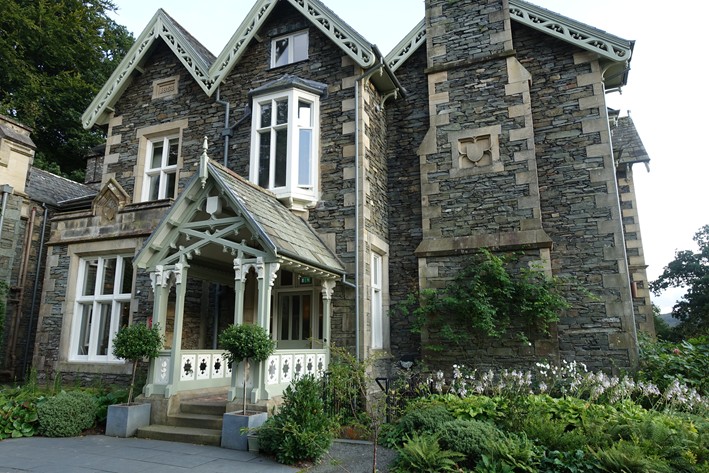

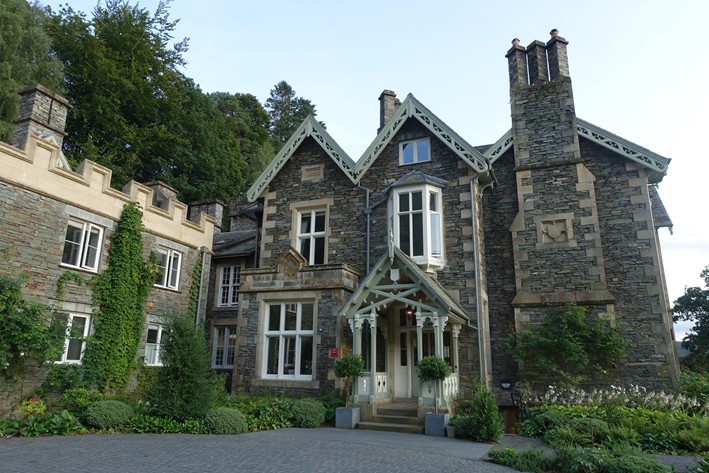
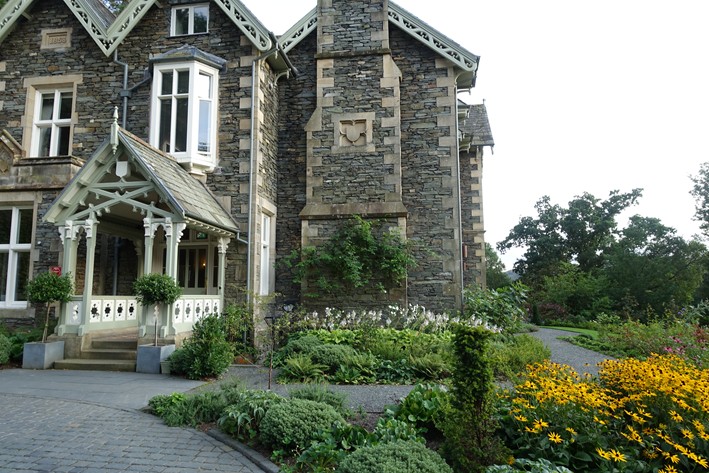


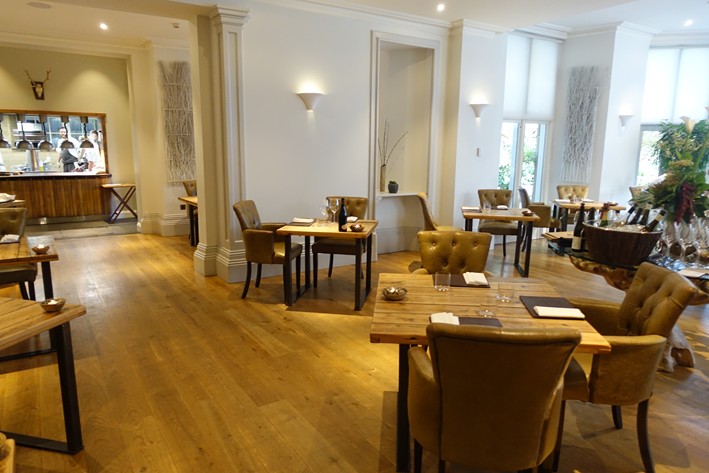
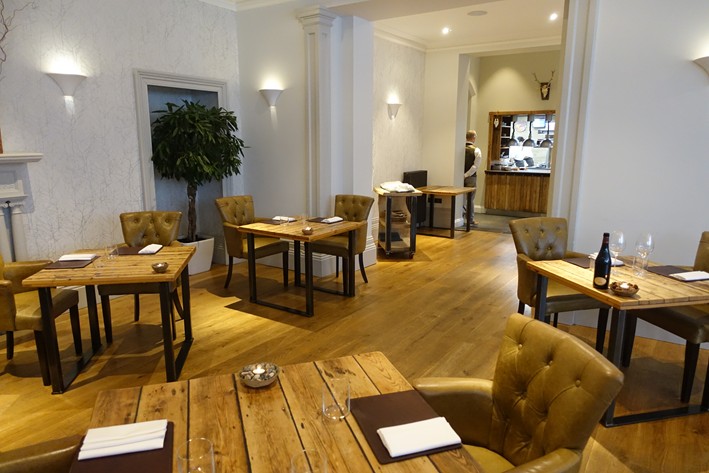
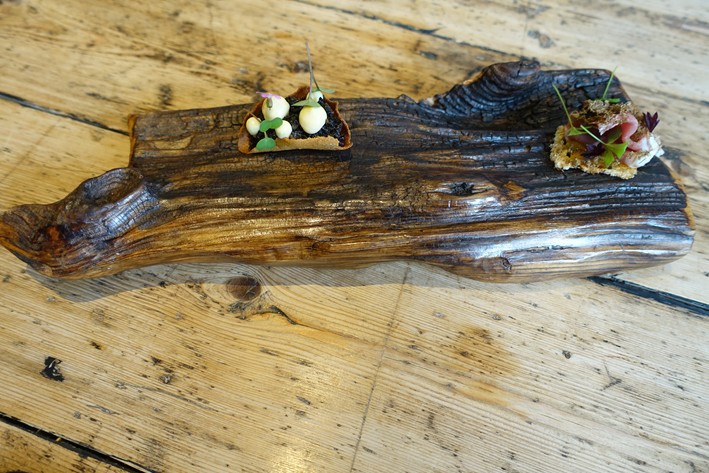
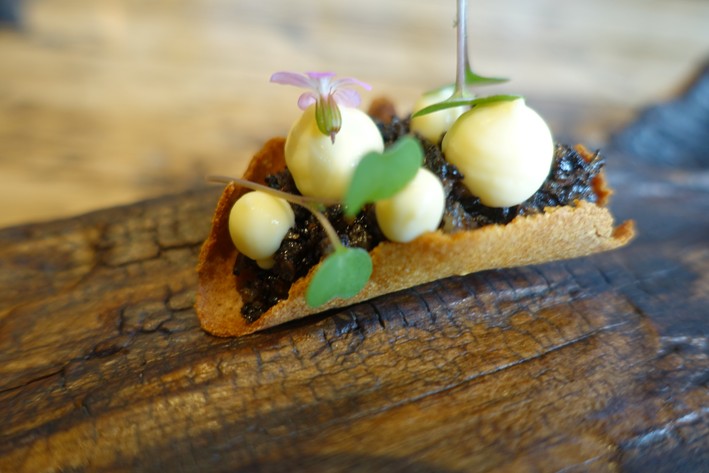

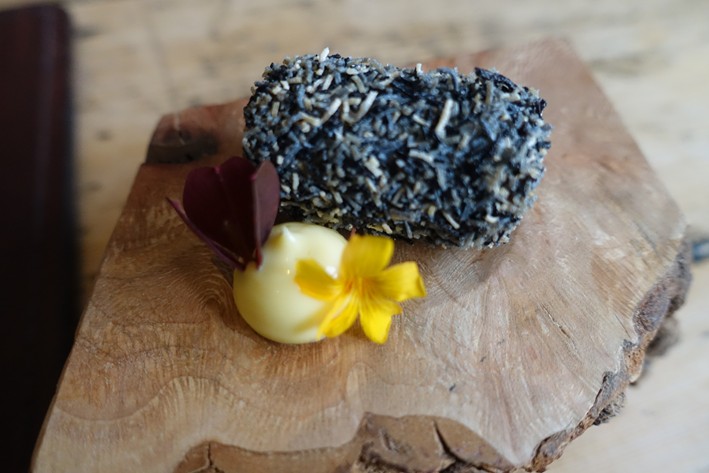
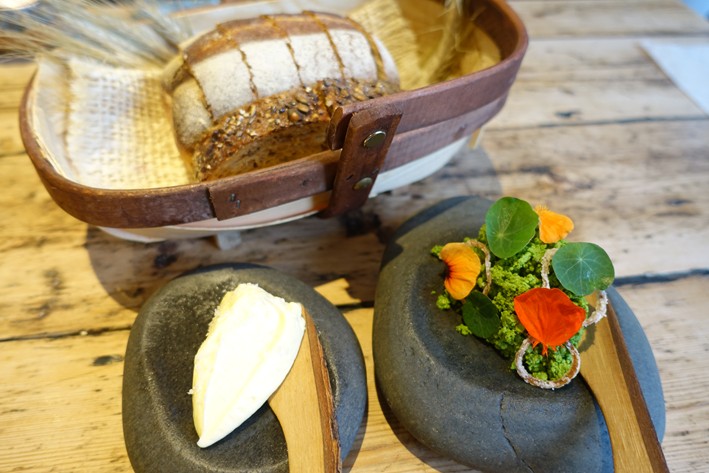
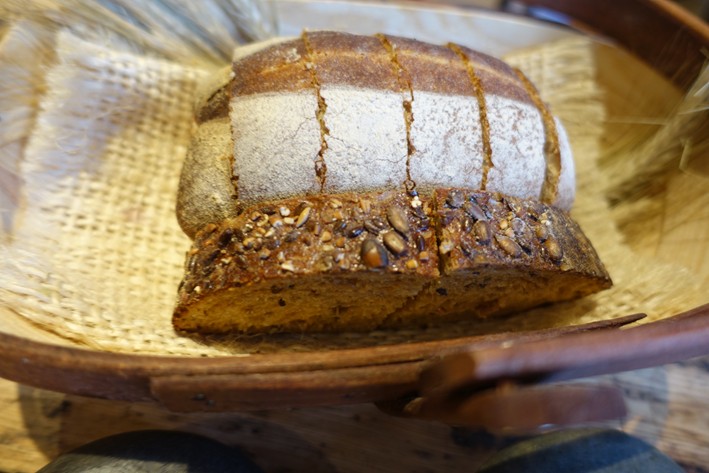
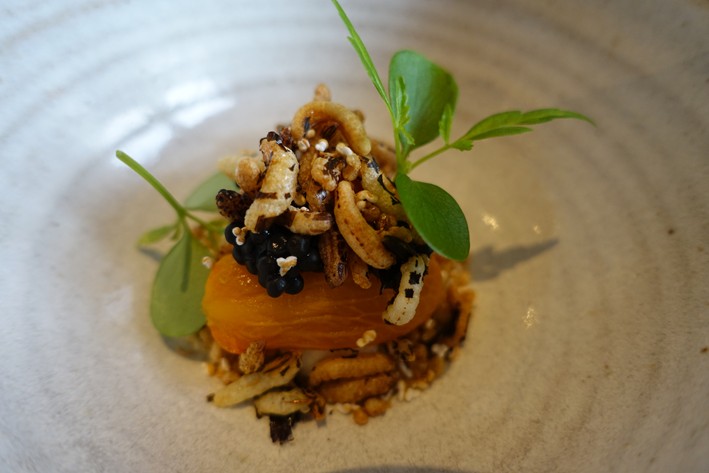

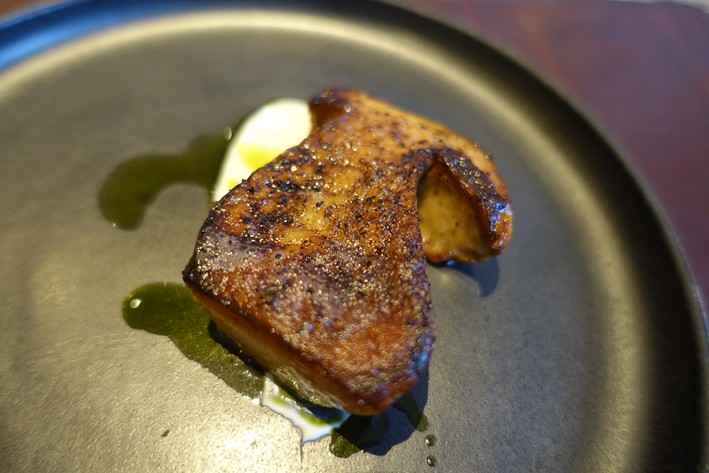

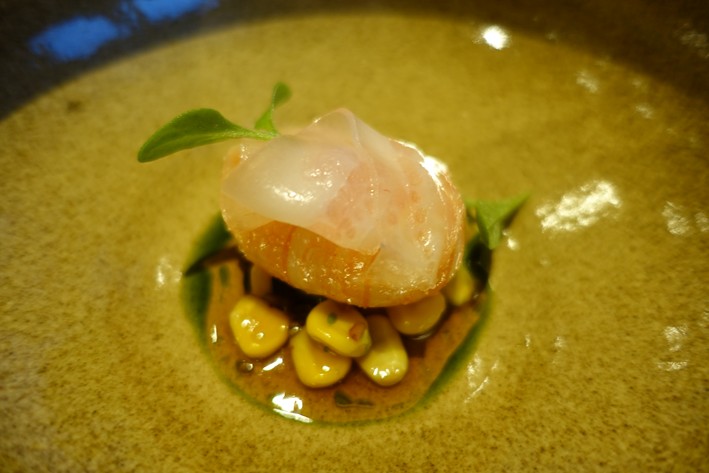
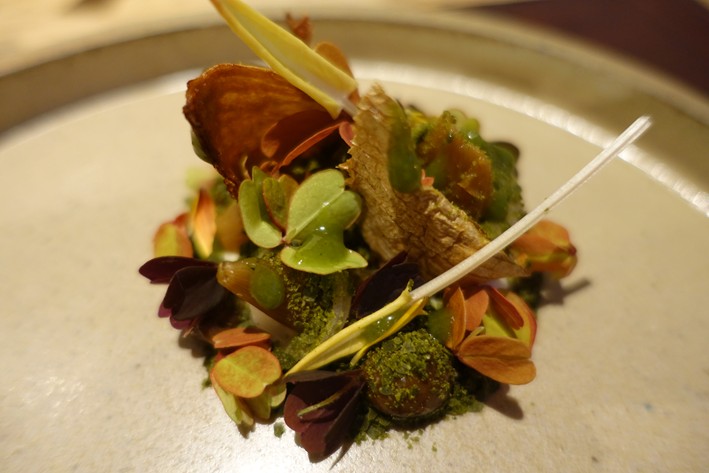



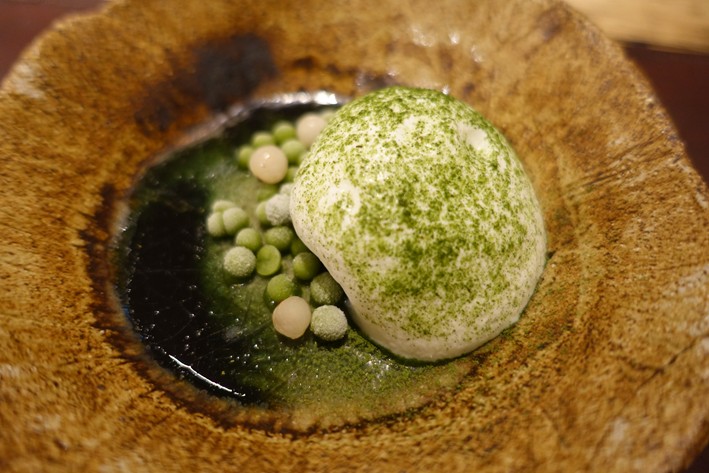
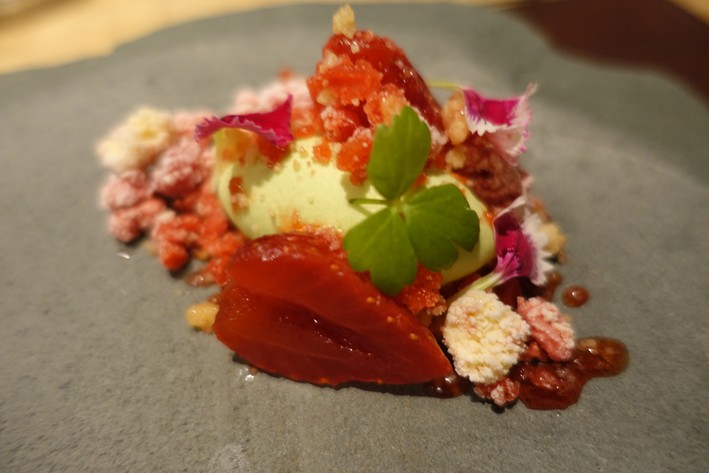
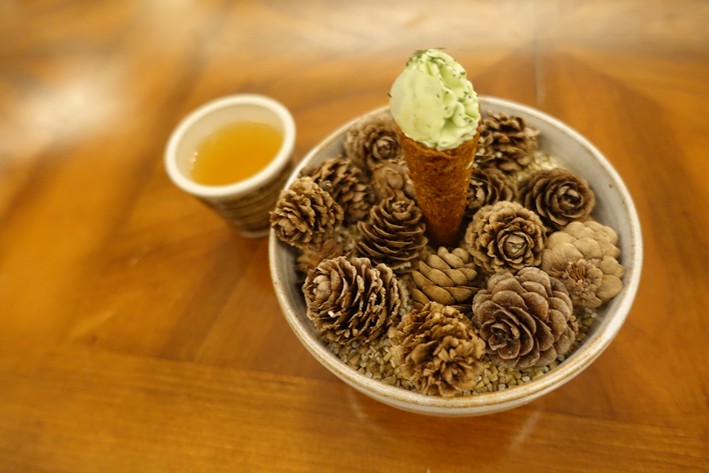
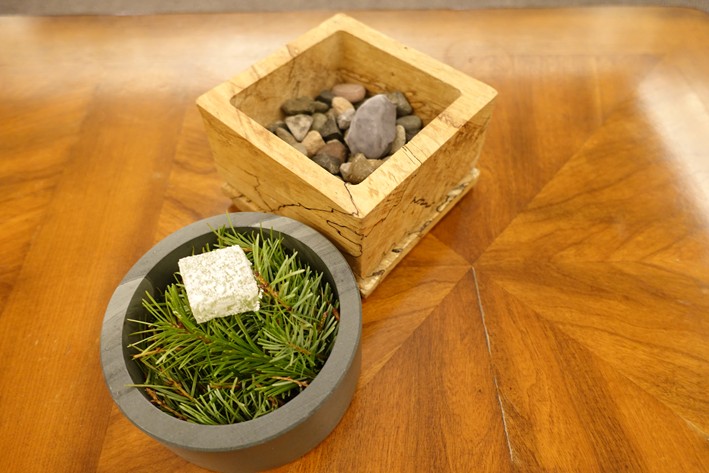

James Bourn
"The bill came to £270 for one with a bottle of Delamotte champagne and a glass of red wine. " I love the fact you hurtle through an 11 course tasting menu with a bottle of Champagne on your own. No cheese with the Red?
Ross Stanford
We have 2 biodynamic farms here in Forest Row and I can personally attest to their unconventional methods yet exceptional produce. If ever you are in East Sussex you could pay a visit to either of the wonderful farm shops at Tablehurst and Plaw Hatch farms.